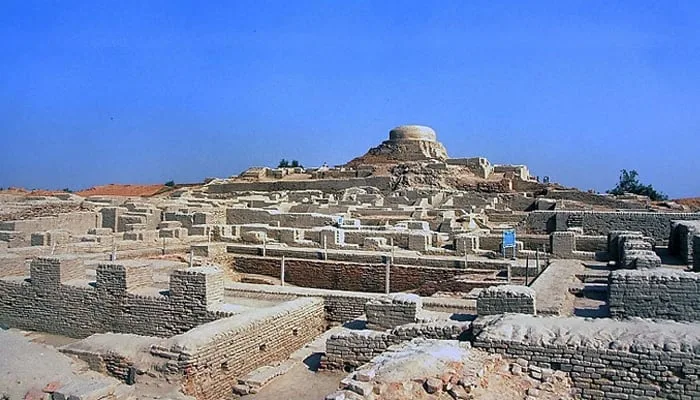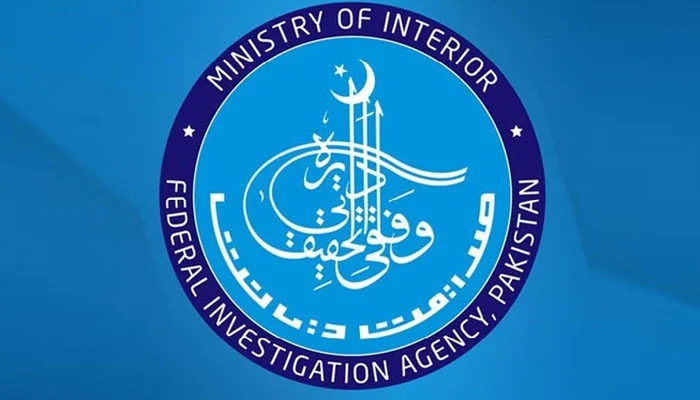A relentless heat wave is sweeping across Sindh, with temperatures soaring to unprecedented levels, causing widespread concern and discomfort among residents. The historical district of Mohenjo-Daro has recorded a staggering temperature of 51 degrees Celsius, marking one of the highest temperatures in the region’s history.
Extreme Temperatures Across the Region
According to the Meteorological Department, several districts in Sindh and surrounding areas are experiencing extreme heat. In Dadu and Sukkur, temperatures have reached 49 degrees Celsius, while Sibi and DG Khan are not far behind at 48 degrees Celsius.
Other areas are also facing severe heat:
- Mithi and Nawabshah: 47 degrees Celsius
- Multan and Bahawalpur: 46 degrees Celsius
- Faisalabad, DI Khan, Sargodha, Nokundi, Sahiwal, Hyderabad, and Turbat: 45 degrees Celsius
- Jhelum: 43 degrees Celsius
- Muzaffarabad and Chakwal: 41 degrees Celsius
These high temperatures are significantly above normal for this time of year, raising concerns about the well-being of people, animals, and the overall environmental impact.
Impact on Daily Life
The extreme heat is taking a toll on daily life, with residents struggling to cope with the high temperatures. Public health officials are advising people to stay indoors during peak hours, stay hydrated, and avoid strenuous activities. The health risks associated with such high temperatures include heatstroke, dehydration, and exacerbation of existing health conditions.
Local authorities have set up cooling centers and are distributing water and other essentials to vulnerable populations. Despite these measures, the persistent heat wave is overwhelming many communities, especially in rural areas where resources are limited.
Agricultural Concerns
Farmers in the affected regions are particularly worried about the impact of the heat wave on their crops. High temperatures can cause significant stress to crops, reducing yields and potentially leading to crop failures. Water scarcity is another pressing issue, as the heat increases evaporation rates, depleting water sources faster than usual.
“The crops are suffering; we are seeing signs of heat stress on the plants,” said a farmer from the Dadu district. “If this heat wave continues, we might face serious losses.”
Response from Authorities
The Meteorological Department has issued heatwave alerts and is closely monitoring the situation. They are working in coordination with local governments to disseminate information and provide guidance on how to mitigate the effects of the heat.
“We are advising people to take precautions and stay updated with the latest weather forecasts,” said a spokesperson from the Meteorological Department. “This heatwave is unprecedented, and we must all take steps to protect ourselves and our communities.”
Long-Term Concerns
Climate experts are attributing the extreme temperatures to broader patterns of climate change. The frequency and intensity of heatwaves are expected to increase in the coming years, posing a significant challenge for both urban and rural areas. This trend underscores the urgent need for comprehensive climate action plans to address and mitigate the effects of global warming.
“The current heatwave is a stark reminder of the impacts of climate change,” said a climate scientist. “We need to invest in sustainable practices and infrastructure to build resilience against such extreme weather events.”
Public Health Advisory
Health officials are urging the public to remain vigilant and take the following precautions:
- Stay indoors during the hottest parts of the day.
- Drink plenty of water and avoid sugary or caffeinated beverages.
- Wear lightweight, loose-fitting clothing.
- Use fans or air conditioning to stay cool.
- Check on elderly neighbors and those with preexisting health conditions.
The severe heatwave across Sindh and its neighboring regions is a critical situation demanding immediate attention and action. As temperatures continue to soar, it is imperative that both the authorities and the public work together to manage the crisis effectively. This event serves as a potent reminder of the challenges posed by climate change and the need for proactive measures to safeguard communities and the environment.
In the face of these extreme conditions, the resilience and adaptability of the people will be tested. The cooperation between local governments, health officials, and the community will be crucial in navigating this crisis and mitigating its impact.



